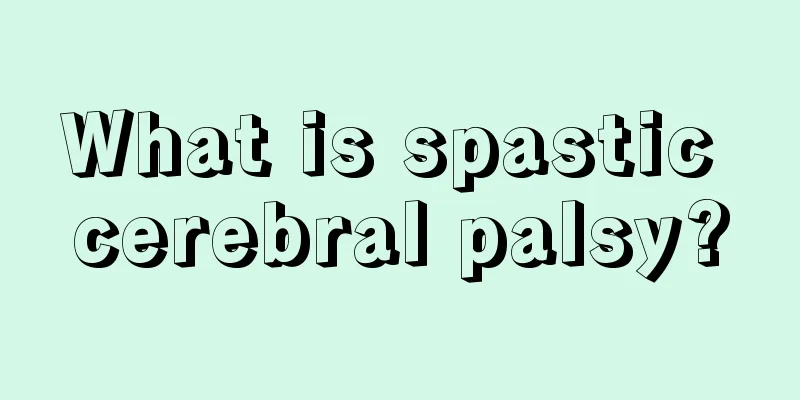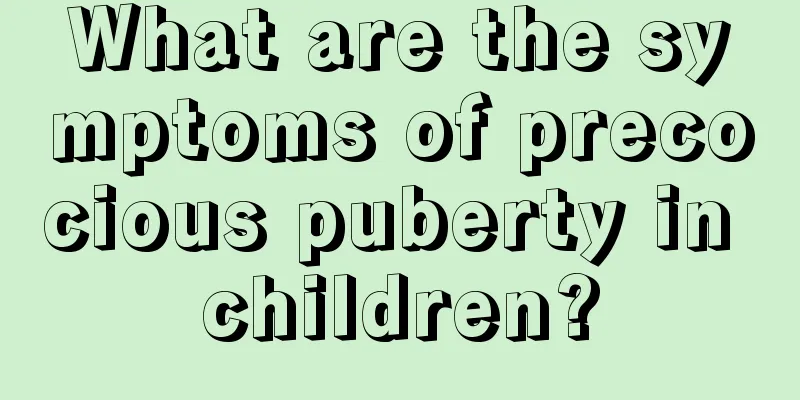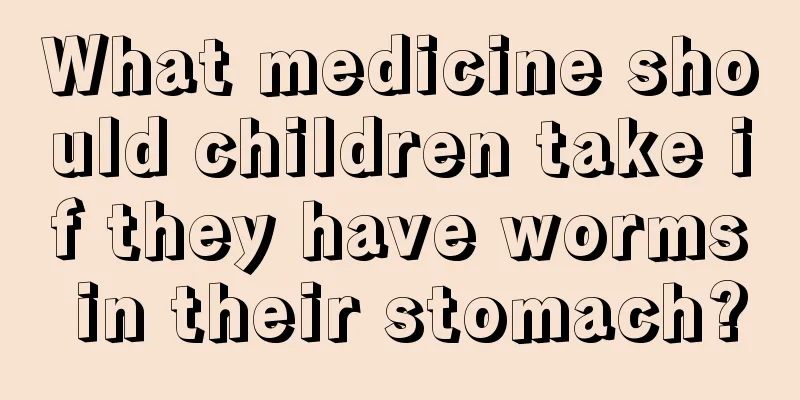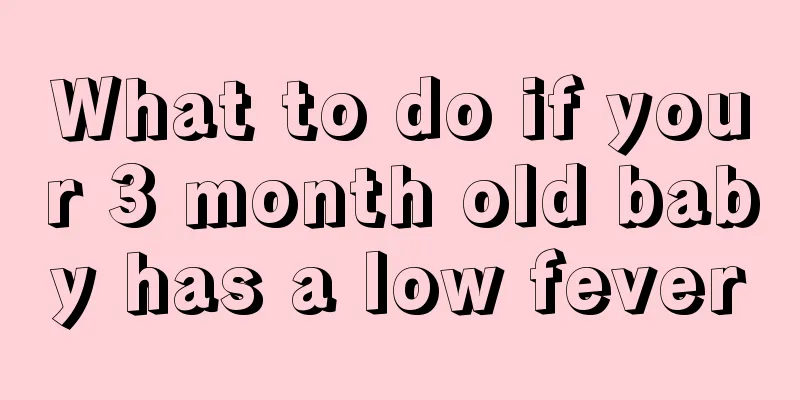What is spastic cerebral palsy?

|
Spastic cerebral palsy in children is a disease that is relatively unfamiliar to most people. They don’t know what causes this disease, what the condition is like, what symptoms and hazards it has. Since this disease only occurs in infants and young children, it is important for us to understand spastic cerebral palsy in children, especially prospective parents who need to know more about this disease. Spastic cerebral palsy in children, also known as cerebral palsy in children, refers to movement and posture disorders caused by non-progressive damage due to incomplete development of the immature brain due to various reasons. The main affected parts are the head, upper limbs, lower limbs, language, and psychological parts. Patients with cerebral palsy are the largest pediatric neuromuscular disorder in the United States. The incidence of cerebral palsy varies from country to country, ranging from 6 to 59 cases per 1,000 births. Spastic cerebral palsy in children can be caused by various reasons before, during and after birth. Prenatal refers to the period from pregnancy to the beginning of delivery, intrapartum refers to the period from the beginning of delivery to the birth of the baby, and postpartum refers to the period from after delivery to 2.5 to 3 years after delivery. Some babies have fully developed brains and their myelin formation can reach the level of 8-year-olds. Some scholars believe that the birth period should be from the beginning of delivery to 7 days after birth. During this stage, the baby's body has achieved balance with the external environment. The vast majority of cerebral palsy occurs during delivery. The dangers of spastic cerebral palsy in children: 1. Motor dysfunction: The ability of motor self-control is poor. In severe cases, the hands cannot grasp things, the feet cannot walk, and some cannot even turn over, sit up, stand, chew and swallow normally. 2. Posture disorders: various abnormal postures and poor posture stability. If the baby still cannot hold the head upright at 3 months old, and is accustomed to leaning to one side, or shaking left and right, front and back, etc. It is not easy to open your fist when washing your hands. 3. Intellectual disability: About 1/4 of the children have normal intelligence, about 1/2 have mild or moderate intellectual disability, and about 1/4 have severe intellectual disability. 4. Language disorders: difficulty in language expression, unclear pronunciation or stuttering and other symptoms. 5. Visual and auditory impairment: The most common impairments are esotropia and difficulty in distinguishing the rhythm of sounds. 6. Tooth development disorders: loose teeth, easy to break, oral and facial dysfunction, facial and tongue muscles sometimes spasm or uncoordinated contraction, difficulty chewing and swallowing, difficulty closing the mouth, and drooling, etc. The above is a brief introduction to what spastic cerebral palsy is in children. This disease can actually occur when the baby is in the womb, so it is important to do the relevant examinations. When the baby is born, their care and feeding are also crucial. If your child is found to have cerebral palsy, you should seek medical attention and receive treatment as soon as possible. |
<<: Symptoms and precautions of baby rash
>>: Causes of paroxysmal supraventricular tachycardia in children
Recommend
Why does my baby always shake his head before going to sleep?
After having a baby, parents will pay attention t...
What causes blue spots around baby's mouth?
The birth of a child brings endless joy to the wh...
There is a ball of flesh in the child's nostril
Many babies who can't speak, when they are yo...
Newborn bilirubin over 400
Bilirubin is a substance in human bile that can b...
What exactly is going on with my baby's cough and wheezing?
Many new mothers become very anxious when they fi...
What causes children to cough when they wake up in the morning?
In fact, the cough in children when they wake up ...
How tall and heavy is a two-year-old and two-month-old baby?
After a child is born, there will be some changes...
What should I do if my child has a fever at home?
Children have weak body resistance and often enco...
Can children eat Dendrobium?
From the moment our children are born, we as pare...
How to solve external ear deformity in children?
If parents find that their baby's external ea...
What are the symptoms of bronchial asthma in children?
Because children's immune mechanisms are not ...
What's going on when the baby shakes his head and scratches his ears?
I believe that careful mothers will often find th...
Can children wear plasters?
The plasters that are more common in our lives us...
What are the dangers of childhood obesity?
Due to the improvement of the quality of life in ...
How can I correct my baby's sleeping head tilted to one side?
When babies are young, their sleeping positions a...









